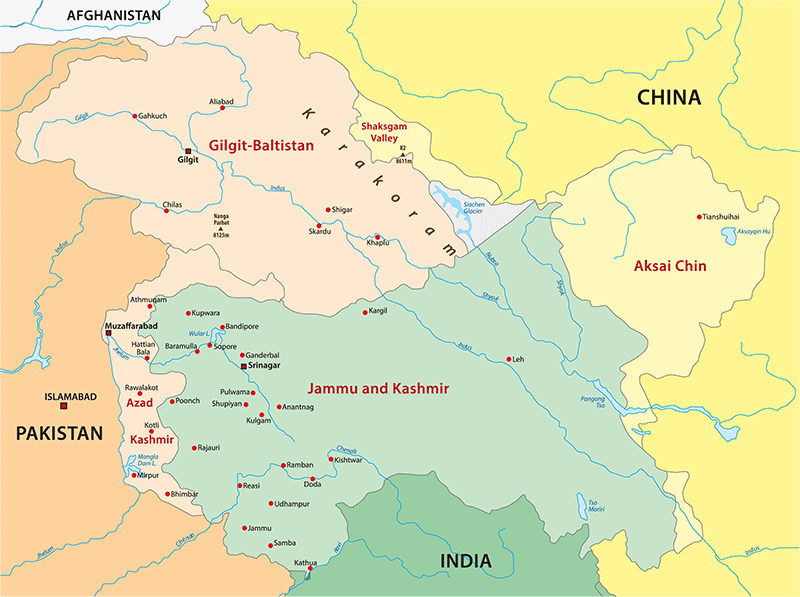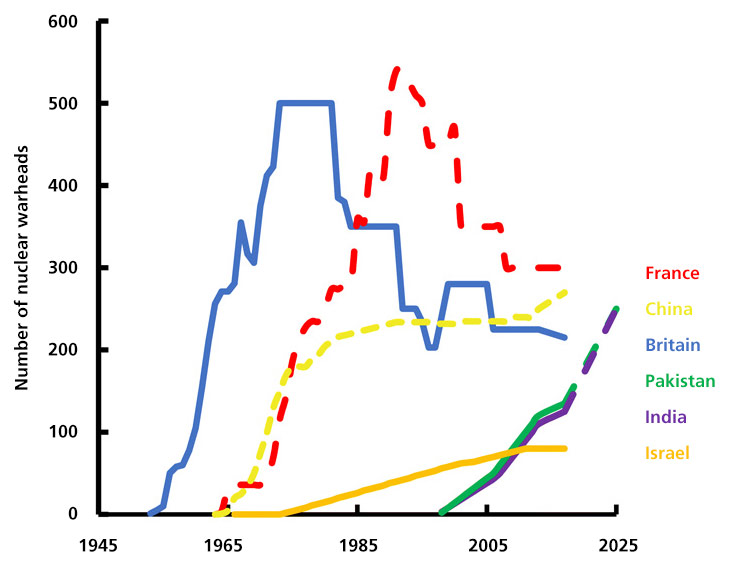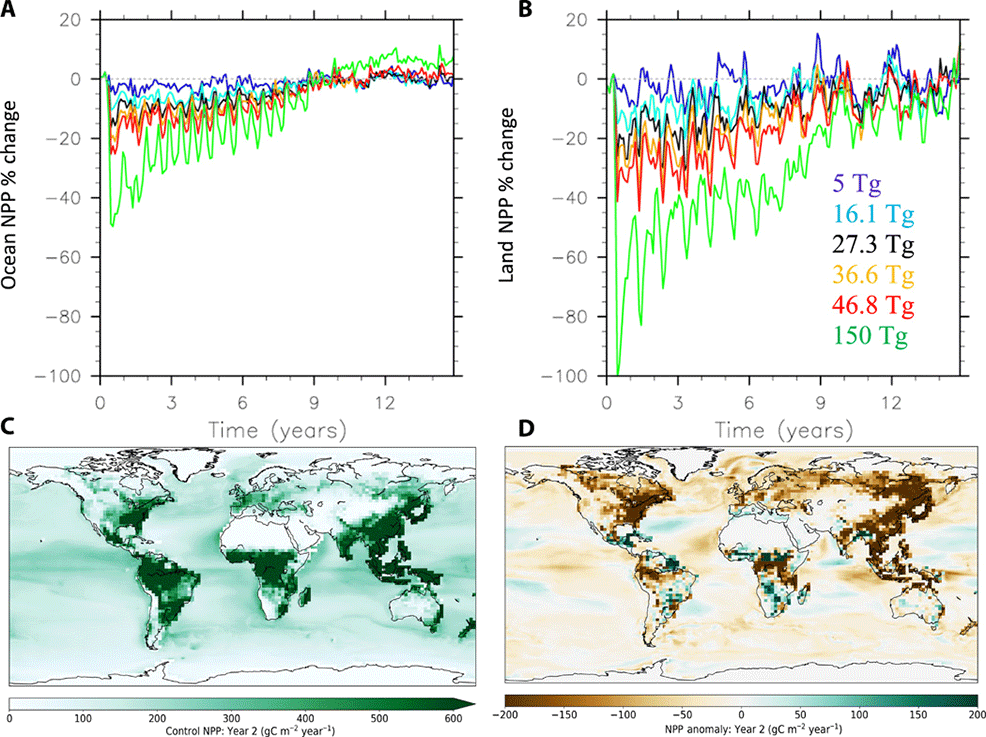
17th October 2019 India-Pakistan nuclear war could kill millions and threaten global starvation A nuclear war between India and Pakistan could, over the span of less than a week, kill 50-125 million people – more than the death toll during all six years of World War II, according to new research. A study conducted by researchers from the University of Colorado Boulder and Rutgers University examines how such a hypothetical future conflict would have consequences rippling across the globe. Today, India and Pakistan each have about 150 nuclear warheads at their disposal, and that number is expected to climb to more than 200 by 2025. The picture is grim. That level of warfare wouldn't just kill millions of people locally, said CU Boulder's Brian Toon, who led the research published this month in the journal Science Advances. It might also plunge the entire planet into a severe cold spell, possibly with temperatures not seen since the last Ice Age. His team's findings come as tensions are again simmering between India and Pakistan. In August, India made a change to its constitution that stripped rights from people living in the long-contested region of Kashmir. Soon after, the nation sent troops to Kashmir, moves that Pakistan criticised sharply. "An India-Pakistan war could double the normal death rate in the world," said Toon, a professor in the Laboratory of Atmospheric and Space Physics. "This is a war that would have no precedent in human experience."
A nuclear war in Kashmir is mentioned briefly in Red Mars, the near-future sci-fi novel by Kim Stanley Robinson. Nuclear conflicts between the two countries are also predicted during the 2030s by geopolitical analyst Gwynne Dyer in Climate Wars: The Fight for Survival as the World Overheats. While the scenarios by these two authors are fictional, Professor Toon is concerned that such an event might one day become a reality. Toon came of age during the height of the Cold War, when schoolchildren still practiced ducking-and-covering under their desks. As a young atmospheric scientist in the early 1980s, he was part of a group of researchers who first coined the term "nuclear winter" – a period of extreme cold that would likely follow a large-scale nuclear barrage between the U.S. and Russia. Toon believes that such weapons are still very much a threat – one that's underscored by current hostilities between India and Pakistan. "They're rapidly building up their arsenals," he explains. "They have huge populations, so lots of people are threatened by these arsenals, and then there's the unresolved conflict over Kashmir."
In their latest study, Toon and colleagues aimed to calculate just how bad such a conflict could get. They drew on a wide range of evidence: from computer simulations of Earth's atmosphere, to accounts of the bombings of Hiroshima and Nagasaki in Japan in 1945. Based on their analysis, the devastation would arrive in several stages. During the first week of the conflict, the researchers determined that India and Pakistan combined could successfully detonate about 250 nuclear warheads over each other's cities. Neither nation has conducted nuclear tests in decades, making it difficult to know exactly how powerful these weapons would be, but the team's best estimate is that each one could kill as many as 700,000 people. Most casualties would result, however, not from the blasts themselves, but from the out-of-control fires in the aftermath. "If you look at Hiroshima after the bomb fell, you can see a huge field of rubble about a mile wide," Toon explains. "It wasn't the result of the bomb. It was the result of the fire." For the rest of the globe, the fires would just be the beginning.
Net Primary Productivity (NPP) after nuclear war, oceans and land.
The researchers calculate that an India-Pakistan war could inject as much as 40 million tons of thick, black smoke into Earth's atmosphere. That smoke would block 20 to 35% of sunlight, cooling the Earth's surface by 2° to 5°C (3.6° to 9°F) and reducing precipitation by 15 to 30%, with larger regional impacts. Worldwide food shortages would follow soon after, threatening mass starvation and many additional collateral fatalities. Recovery would take at least 10 years. "Our experiment, conducted with a state-of-the-art Earth system model, reveals large-scale reductions in the productivity of plants on land and of algae in the ocean, with dangerous consequences for organisms higher on the food chain, including humans," says study co-author Nicole Lovenduski, an Associate Professor of Atmospheric and Oceanic Sciences at CU Boulder. Toon recognises that the scope of such a war may be hard for people to wrap their heads around. But he hopes that the study will remind us all that the end of the Cold War did not eliminate the risk of global nuclear war. "Hopefully, Pakistan and India will take note of this paper," he concludes. "But mostly, I'm concerned that Americans aren't informed about the consequences of nuclear war."
Comments »
If you enjoyed this article, please consider sharing it:
|









